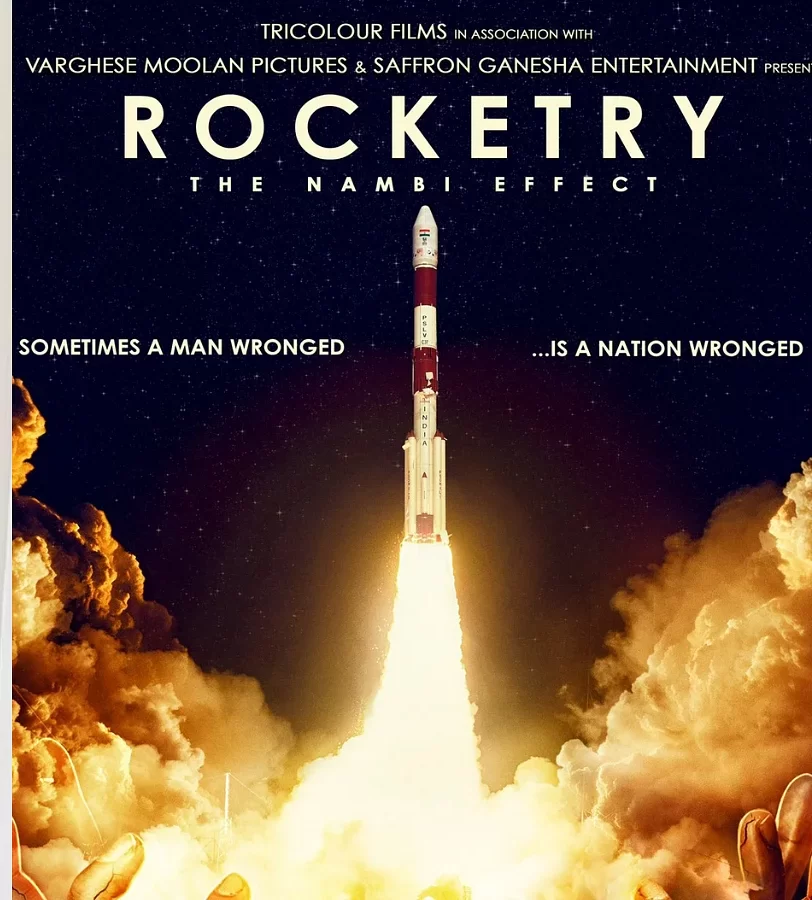Mumbai:Autodesk, Inc.’s entertainment software helped leading studios create many of the summer’s most popular films. Autodesk software was used throughout digital film pipelines, from pre-visualization and virtual cinematography to mastering and final animation.
The Happening
The Third Floor, a Los Angeles-based digital studio, used Autodesk Maya 3D modeling software and Autodesk MotionBuilder character animation software to craft several of The Happening’s signature moments. The film’s car crash and lion attack scenes were pre-visualized in Maya. This enabled director M. Night Shyamalan to approve the intent of performances and camerawork in advance of filming.
"Autodesk Maya is our directors’ sandbox," said The Third Floor CEO Chris Edwards. "It allows us to create anything our clients can imagine."
The Chronicles of Narnia: Prince Caspian
Using Maya and MotionBuilder, The Third Floor also designed and pre-visualized three major sequences for The Chronicles of Narnia: Prince Caspian: the River God, Lucy’s Dream and the End Battle. This process allowed The Third Floor to stage the action and propose alternative shot ideas to director Andrew Adamson, adding further depth and detail to the story.
Hancock
Sony Pictures Imageworks (SPI) completed over 500 shots in Hancock using Maya and the Autodesk Flame visual effects system. "Major sequences such as the Hollywood Fight, the Hospital Battle and the SUV Chase couldn’t have been created without Maya and Flame," said SPI senior visual effects artist Todd Mesher. "Their creative tools and interactivity make them key to our digital pipeline."
Journey to the Center of the Earth
Visual effects studio Frantic Films VFX served as a visual effects provider for the stereoscopic feature film Journey to the Center of the Earth. In addition to designing a custom character pipeline for the film, Frantic Films VFX also built a stereoscopic pipeline. These pipelines included Autodesk software, used to produce more than 180 shots. All animation and lighting was created with Autodesk 3ds Max 3D animation software, which was also used extensively in the ocean sequences. In addition, Autodesk Mudbox software was used to sculpt creatures.
"Once again, 3ds Max software’s power and flexibility were indispensable," said Frantic Films VFX visual effects supervisor Chris Harvey. "The software’s scriptability made it the backbone of our digital pipeline. As well, we forged new ground in creature animation and were extremely happy with the software’s performance."
Digital Color Grading at EFILM
Numerous films were completed by EFILM, using its EWORKS system for the digital intermediate. The EWORKS system consists of a proprietary configuration of Autodesk Lustre and Autodesk Incinerator technology. Films included Horton Hears a Who, The Ruins, Nim’s Island, Sex and the City, Iron Man, Indiana Jones and the Kingdom of the Crystal Skull, What Happens in Vegas, Red Belt, The Incredible Hulk, Wanted and Get Smart.
Leading visual effects and animation facilities continued the tradition of relying on Autodesk technology to deliver the majority of Hollywood blockbusters released this summer, including:
§ Get Smart: DIGIT did the majority of compositing work with Flame and Autodesk Combustion desktop compositing software. In addition, DIGIT built all the 3D parachutes in Maya.
§ Indiana Jones and the Kingdom of the Crystal Skull: Industrial Light & Magic completed 540 shots (48 minutes of screen time) with Maya and the Autodesk Inferno system as part of its proprietary Sabre system. Maya was used for modeling, creature development and particle work.
§ Iron Man: Industrial Light & Magic completed 410 shots with Maya and Inferno as part of its Sabre system.
§ Kung Fu Panda: DreamWorks used Maya and Lustre.
§ Meet Dave: CIS Hollywood completed 163 shots for the film, with approximately one-third of the film composited with Inferno. Using Maya and MotionBuilder, The Third Floor pre-visualized five sequences that involved elaborate interaction between the aliens and the real world.
§ The Mummy: Tomb of the Dragon Emperor: Digital Domain used Maya extensively to animate the emperor in his changing liquid-solid state. The company also incorporated Maya nCloth when creating the Foundation Army’s flags and desiccated clothing. Rhythm & Hues used Mudbox to model dragons, Nion and Yeti.
§ The Incredible Hulk: Rhythm and Hues completed 234 shots, using Maya and Mudbox extensively for modeling both the Hulk and the Abomination characters. Maya was also used to model vehicles and objects.
§ Tropic Thunder: CIS Vancouver used Maya, Inferno and Flame. CIS Hollywood primarily used Maya, along with 3ds Max, Inferno and Flame.
§ X-Files: I Want to Believe: Entity FX supervised almost 400 visual effects shots, which included the use of Inferno and Maya. A large portion of the work involved radically altering shot environments through digital weather effects, such as photorealistic, computer-generated snow.




